Weekly Reader: A tribute to S. An-sky
When we think about S. An-sky we invariably think of The Dybbuk. And for good reason: that play, and later movie, is an enduring classic of the Yiddish stage and screen. But An-sky, born Shloyme Zaynvl Rapoport 159 years ago this month, was much more than a playwright. An-sky was also, among other things, an activist with the Socialist Revolutionary party in Russia; the author of the Bund anthem Di shvue (“The Oath”), and a dedicated ethnographer who led landmark expeditions in the regions of Volhynia and Podolia. So, to celebrate his birthday, here’s a tribute to that exceptional man.
—Ezra Glinter
A Remarkable Life
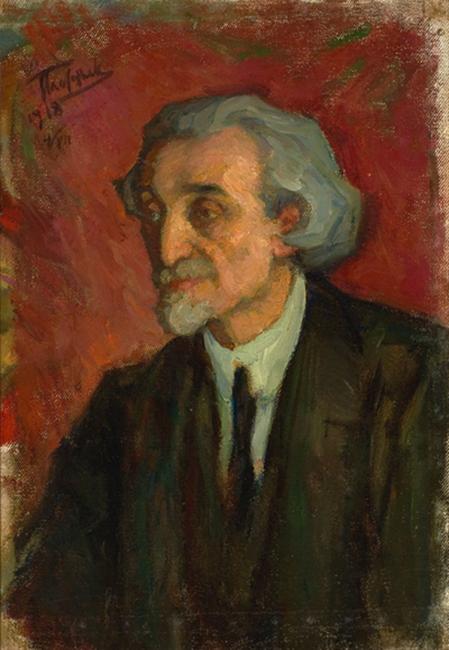
It took Stanford professor Gabriella Safran ten years to write her masterful biography of An-sky. She delved deeply into Russian and Yiddish sources to capture the full scope of An-sky’s peripatetic life: as a Yiddish-speaking child in Vitebsk, a journalist covering the Beilis blood-libel trial in Kiev, and the author of a war memoir that, in Professor Safran’s words, showed An-sky “continued to believe that he could listen and speak effectively to both his revolutionary comrades and his opponents.”
Pictures from an Expedition
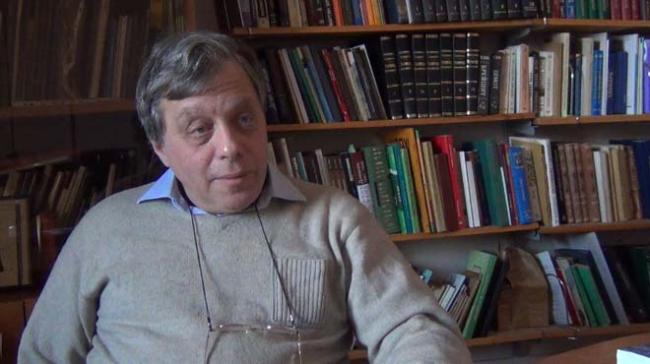
An-sky had a long-standing fascination with Jewish folk culture, and in the summers of 1912–1914 he traveled through the Jewish Pale of Settlement on a historic ethnographic expedition. During that time An-sky and his team collected some 2,000 photographs, 1,800 folktales, 1,500 folk songs, 1,000 melodies, 100 historical documents, and 500 manuscripts. In addition, they bought 700 sacred objects for 6,000 rubles, and recorded 500 wax cylinders of folk music. In this oral history interview, Valery Dymshits, a researcher and lecturer at the European University at Saint Petersburg, discusses the photographs taken by An-sky and his colleague Solomon Iudovin on that trip.
In Print
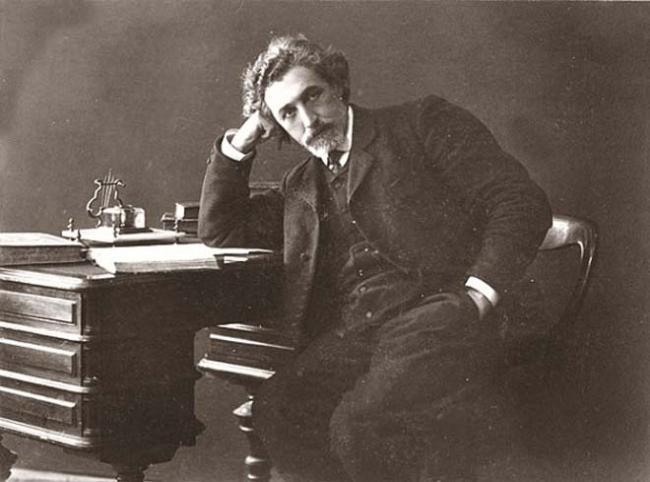
An-sky was, first and foremost, a writer. He began his literary career at twenty-one with the novel History of a Family (translated from Yiddish and published in Russian) and later became a journalist in Saint Petersburg, where he picked up his pseudonym. Throughout his life he continued to write copiously in both Yiddish and Russian. If you’re wondering whether we have An-sky’s original works, well, of course we do—all fifteen volumes of them, and more.
Possessed
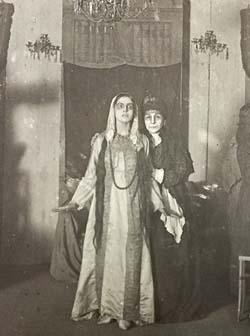
And, of course, there is The Dybbuk. An-sky might have done a lot more than just write this play, but he did, also, write this play. In this episode of The Shmooze podcast, Debra Caplan, a Yiddish theater historian who began her career at the Yiddish Book Center, talks about the itinerant Vilna Troupe and its daring 1920 debut performance of The Dybbuk, which had, until that time, never been seen before.
Stage and Screen
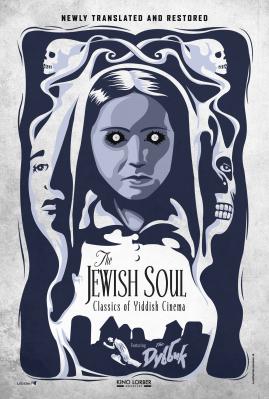
The Dybbuk was not just a brilliant play; it was also the basis of a breathtaking feature film produced in Poland in 1938, which was rereleased on Blu-ray not that long ago as part of a boxed set of classic Yiddish films. Kenneth Turan, film critic for the Los Angeles Times and NPR, offers his assessment of the full set, and of The Dybbuk in particular, in a recent podcast conversation with Lisa Newman.
